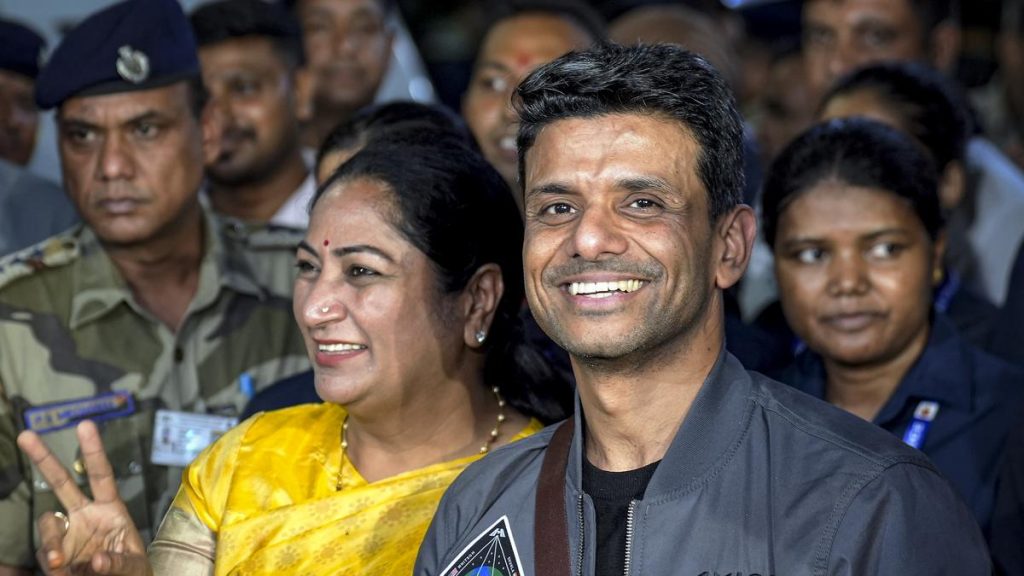Now Reading: India’s Oceans Face Rising Temperatures: A Growing Concern
-
01
India’s Oceans Face Rising Temperatures: A Growing Concern
India’s Oceans Face Rising Temperatures: A Growing Concern

Rapid Summary
- Teh red handfish, a critically endangered species native to Tasmania, faced extinction due to a marine heatwave in December 2023.
- Scientists rescued 25 individuals from Frederik Henry Bay and housed them in tanks for four months. Post-heatwave, 18 were released back into the wild while 4 remain captive for research purposes; 3 died during this process.
- Marine heatwaves-periods of extreme water temperature increases-can persist for months and are tied to weakened winds and atmospheric high-pressure systems.
- advanced forecasting tools employing ocean data models now help mitigate the impact of marine heatwaves. These tools empowered the rescue operation that saved the red handfish population.
- Globally, devastating examples like “The Blob” (2014-2016) illustrate wide-reaching consequences of marine heatwaves on ecosystems and industries like fisheries.
- Forecasting technologies are improving but require heavy computational power; they offer proactive solutions against climate-induced events.
!BREAKER-2.png”>GETTING HOT IN HERE: Forecasting marine heatwaves helps protect sensitive species
Credit: NOAA Physical sciences Laboratory
Indian Opinion analysis
The red handfish episode highlights the life-saving utility of predictive technologies in combating acute environmental threats like marine heatwaves-an increasingly concerning effect of global climate change. For India, were coastal biodiversity is crucial to both ecological preservation and economic livelihoods (e.g., fishing industries), such advancements could be transformative.
India’s vast coastline is similarly exposed to warming seas-a reality evidenced by bleaching events affecting coral reefs near Lakshadweep islands-and proactive measures are essential. The success seen through Australia’s high-resolution forecasting models stresses how enhanced investment in environmental data collection can safeguard vulnerable species while aiding lasting practices within commercial sectors.
Such strides reflect broader opportunities for India under its Climate Action Plan initiatives-bridging scientific advancements with community planning aimed at resilience against both acute shocks (heat waves) and long-term oceanic changes. Collaboration with international research entities pursuing similar innovations could further India’s expertise in this domain.
These developments echo how living laboratories like Tasmania offer a template for foreseeing impacts amidst changing environments-and adapting swiftly before damage becomes irreversible.

























